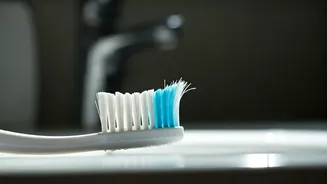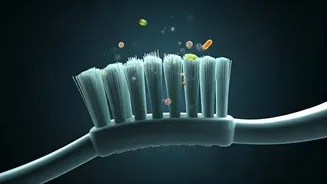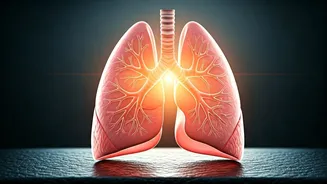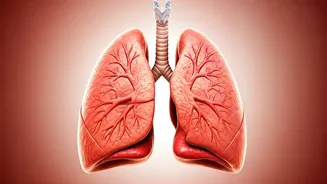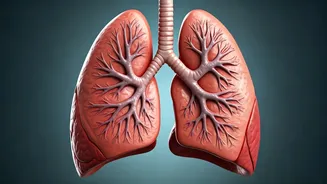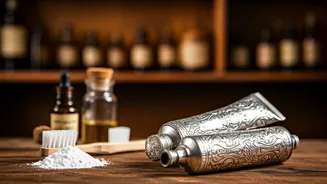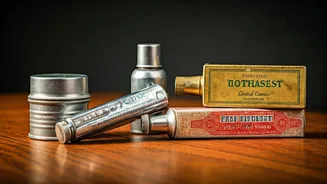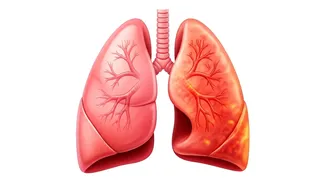Microbial Menagerie Revealed
Your toothbrush, a daily hygiene tool, may harbor a hidden ecosystem. Experts suggest these brushes can be a breeding ground for various microorganisms.
This can include bacteria, fungi, and viruses, some of which could be harmful if they enter your system. The moist environment and the presence of food particles create a perfect environment for these microbes to thrive. Regular brushing may not eliminate these microbes; it just moves them around. This reality highlights the importance of proper toothbrush care and replacement to minimize potential health risks. The presence of these microbes emphasizes that we need to be more aware of the overall health implications of our oral hygiene routines and the tools we use.
Hidden Hazards Explored
The range of potential microbes found on toothbrushes is quite diverse. Certain bacteria associated with respiratory infections and other illnesses can be present. Additionally, the risk of cross-contamination from the bathroom environment, which includes airborne particles and various surfaces, is very real. Microbes from the toilet, for instance, can travel through the air and land on the toothbrush. Fungi, which can cause oral thrush or other infections, also have the potential to take hold on the bristles of the brush. Understanding the types of microorganisms and the potential sources of contamination is crucial for making informed decisions regarding your oral hygiene practices. Regularly replacing your toothbrush and storing it in a clean, dry area are important steps.
Effective Cleaning Strategies
While completely eradicating all microbes might be impossible, there are effective strategies to reduce their numbers. Rinsing your toothbrush thoroughly with tap water after each use is a simple but important first step to remove any remaining debris or food particles. Experts recommend storing your toothbrush upright to allow it to air dry, as a moist environment encourages microbial growth. Avoid storing your toothbrush in a closed container, as this can trap moisture. Regular replacement of your toothbrush, approximately every three months, or sooner if the bristles are frayed, is also advised. Consider using a toothbrush sanitizer, though this is not a substitute for proper cleaning and replacement. Implementing these measures can significantly contribute to better oral hygiene.
Brush Storage Matters
How you store your toothbrush is just as crucial as cleaning it. Ensure the toothbrush is stored upright and allowed to air dry. Avoid storing it near other toothbrushes to prevent cross-contamination. If multiple brushes are kept in the same container, the risk of exchanging microbes increases. The proximity to the toilet is also a concern; flushing a toilet can create an aerosol effect, spreading microscopic particles throughout the bathroom, including onto your toothbrush. Keep your toothbrush away from these potential sources of contamination. Regular cleaning of the toothbrush holder is also recommended, along with the replacement of your toothbrush as mentioned earlier to reduce the buildup of microbes, contributing to better oral hygiene.
Beyond Brushing Alone
Oral hygiene encompasses more than just brushing your teeth. Other crucial steps include flossing daily to remove food particles and plaque from between your teeth and under the gumline. Using mouthwash can further reduce the bacterial load in your mouth and freshen your breath. Regular dental check-ups are also essential, as dentists can professionally clean your teeth and identify any potential problems early on. A balanced diet, low in sugar and carbohydrates, helps minimize the growth of bacteria that cause cavities and gum disease. Combining these practices with proper toothbrush care creates a comprehensive approach to oral health, promoting overall well-being.
